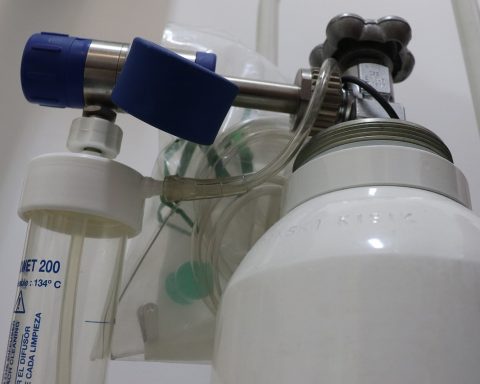Neonatal sepsis is mainly caused by group B streptococci, which reach the child during delivery because the mother carries the bacteria in her vaginal or anal mucosa.
[youtube https://www.youtube.com/watch?v=cm0gAbOQKb4?rel=0&showinfo=0]
If the mother is an asymptomatic carrier of streptococcus, one strategy to prevent the bacteria’s passage from the mother to the child is to administer antibiotics four hours before delivery. Some scientists think that this strategy works and some believe it does not.
For one thing, how do doctors know exactly when delivery will occur (and therefore, when to administer antibiotics)? Well, doctors calculate the time of delivery based on the weeks of gestation, the number of previous births, how much time has elapsed since the start of labor, and the dilation of the cervix.
When in Doubt, Investigate
A group of researchers from Northwestern University Medical School–Chicago hypothesized that antibiotics administered on an outpatient basis prior to delivery could decrease streptococci colonization, making intrapartum antibiotics unnecessary.
These researchers screened the rectovaginal cultures of patients who were between thirty-five and thirty-seven weeks pregnant, selecting those who tested positive for colonization of Group B streptococci. Patients who qualified were offered enrollment, and those who agreed to participate in the trial signed an informed consent before the start of the study, titled “Prenatal Antibiotic Treatment Does Not Decrease Group B Streptococcus Colonization at Delivery.”
Participants were randomized into two groups: one group received amoxicillin and the other group received a placebo. This treatment was maintained until delivery. All patients received a dose of intrapartum antibiotic regardless of whether they were part of the amoxicillin or placebo group. They also underwent a repeat intravaginal culture on admission.
Of the preselected women, thirty-two participated in the study, with sixteen women in each group. The amoxicillin and placebo groups were similar with respect to maternal age, parity, ethnicity, and gestational age at enrollment and delivery.
Are Antibiotics Useful or Not?
Of the sixteen patients in the placebo group, ten women tested positive for continued colonization after the repeat culture. Of the sixteen patients in the amoxicillin group, six tested positive for continued colonization after the repeat culture.
Neonatal data was also compared between the two groups. As with maternal characteristics, neonatal characteristics and outcomes (birth weight, Apgar scores, cord gases) were similar between both groups.
Of the thirty-two newborns, four were transferred to a neonatal intensive care unit. Three of these infants were in the placebo group and one was in the amoxicillin group. Of the three admissions from the placebo group, the reasons for admission were a respiratory difficulty, hypoglycemia, and fever. The first two babies were admitted for observation and transferred back to the standard nursery within eighteen hours; a febrile one was treated for presumed sepsis prior to discharge. The baby transferred to the intensive care unit from the amoxicillin group was admitted and treated for culture-diagnosed streptococci sepsis.
The results of this study suggest that an outpatient antibiotic regimen is not effective enough to discontinue intrapartum antibiotic treatment. Of the patients receiving amoxicillin, over 40 percent remained culture-positive at the time of delivery. This finding limits the clinical utility of prenatal treatment.
Sad Conclusions
In conclusion, the study shows that the outpatient regimen is not a real alternative, nor does it provide additional security when coupled with intrapartum antibiotics. Case in point: one baby was diagnosed with sepsis two days after delivery. This baby was born to a mother who had received prenatal amoxicillin during the study and the standard intrapartum intravenous penicillin four hours before delivery. This finding emphasizes that even an appropriate treatment cannot completely prevent neonatal streptococcal infection.
More research is definitely needed to establish if an outpatient regimen may be clinically useful in other settings, but currently the potential of prenatal antibiotics is discouraging since it seems it is not useful to take antibiotics before delivery even if a woman is a group B-streptococcal carrier.
Consult a doctor regarding the treatment of infections during pregnancy. Do not self-medicate or abandon a prescribed treatment.








